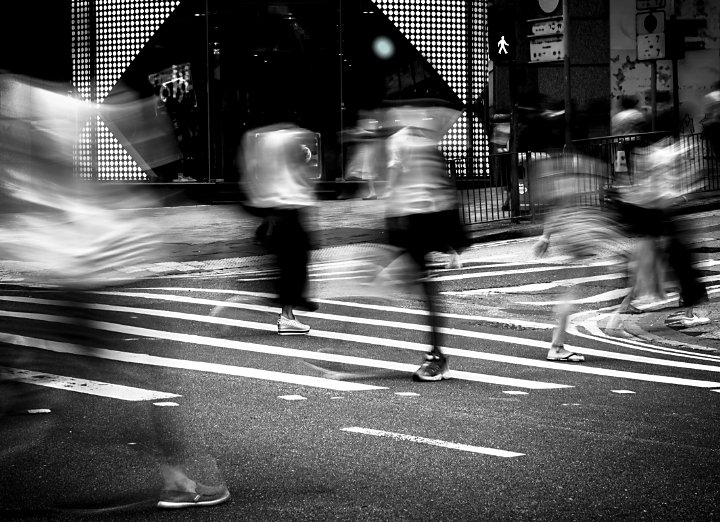Framing Streets Things To Know Before You Buy
Framing Streets Things To Know Before You Buy
Blog Article
Top Guidelines Of Framing Streets
Table of Contents4 Simple Techniques For Framing StreetsSome Of Framing StreetsNot known Factual Statements About Framing Streets The smart Trick of Framing Streets That Nobody is Talking AboutThe Best Strategy To Use For Framing StreetsFraming Streets Fundamentals Explained
, generally with the purpose of capturing pictures at a definitive or touching moment by careful framework and timing. https://www.directorytogoto.com/articles/framing-streets-capturing-life-in-every-step.His boots and legs were well defined, however he is without body or head, because these were in motion." Charles Ngre, waterseller Charles Ngre. https://businesslistingplus.com/profile/framingstreets1/ was the initial professional photographer to obtain the technological sophistication called for to sign up people in motion on the street in Paris in 1851. Photographer John Thomson, a Scotsman collaborating with journalist and social protestor Adolphe Smith, published Road Life in London in twelve monthly installations starting in February 1877
Rumored Buzz on Framing Streets
Eugene Atget is considered as a progenitor, not due to the fact that he was the first of his kind, however as an outcome of the popularisation in the late 1920s of his record of Parisian streets by Berenice Abbott, who was motivated to undertake a comparable paperwork of New York City. [] As the city established, Atget aided to advertise Parisian roads as a worthwhile topic for digital photography.

Getting My Framing Streets To Work
The chief Mass-Observationists were anthropologist Tom Harrisson in Bolton and poet Charles Madge in London, and their initial record was generated as the book "May the Twelfth: Mass-Observation Day-Surveys 1937 by over two hundred observers" [] Window cleaner at Kottbusser Tor, Berlin, by Elsa Thiemann c. 1946 The post-war French Humanist School professional photographers found their subjects on the street or in the restaurant. In between 1946 and 1957 Le Groupe des XV each year showed job of this kind. Andre Kertesz. Circus, Budapest, 19 May 1920 Road photography formed the major content of 2 exhibits at the Gallery of Modern Art (Mo, MA) in New york city curated by Edward Steichen, 5 French Photographers: Brassai; Cartier-Bresson, Doisneau, Ronis, Izis in 1951 to 1952, and Post-war European Digital Photography in 1953, which exported the principle of street digital photography worldwide.

The Single Strategy To Use For Framing Streets
The recording maker was 'a surprise cam', a 35 mm Contax concealed beneath his coat, that was 'strapped to the breast and connected to a long wire strung down the appropriate sleeve'. However, his job had little modern impact as due to Evans' level of sensitivities regarding the originality of his job and the privacy of his topics, it was not published until 1966, in the publication Lots of Are Called, with an introduction created by James Agee in 1940.
Helen Levitt, after that a teacher of children, connected with Evans in 193839. She recorded the temporal chalk drawings - sony a9iii that were component of children's road society in New York at the time, as well as the kids that made them. In July 1939, Mo, MA's brand-new photography section included Levitt's operate in its inaugural eventRobert Frank's 1958 book,, was substantial; raw and usually indistinct, Frank's pictures examined traditional photography of the moment, "challenged all the formal guidelines set by Henri Cartier-Bresson and Pedestrian Evans" and "flew in the face of the wholesome pictorialism and genuine photojournalism of American publications like LIFE and Time".
Report this page